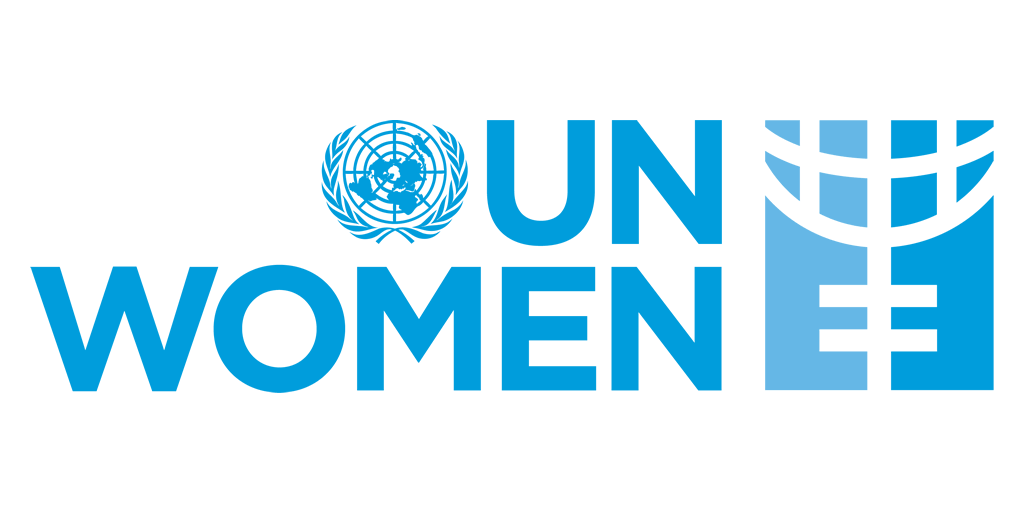[Available in: Arabic, Chinese, English, French, Russian, and Spanish]
New York — A new study by UNODC and UN Women shows that, on average, more than five women or girls were killed every hour by someone in their own family in 2021. The report comes ahead of the International Day for the Elimination of Violence against Women on November 25 and is a horrific reminder that violence against women and girls is one of the most pervasive human rights violations worldwide.
Press release: Women and girls are more at risk to be killed at home, new UNODC and UN Women report on femicide shows
Of all the women and girls intentionally killed last year, some 56 percent were killed by intimate partners or other family members (45,000 out of 81,000), showing that home is not a safe place for many women and girls. Meanwhile, 11 percent of all male homicides are perpetrated in the private sphere.
UN Women Executive Director Sima Bahous said: “Behind every femicide statistic is the story of an individual woman or girl who has been failed. These deaths are preventable—the tools and the knowledge to do so already exist. Women’s rights organizations are already monitoring data and advocating for policy change and accountability. Now we need the concerted action across society that will fulfil women’s and girls’ right to feel and to be safe, at home, on the streets, and everywhere.”
UNODC Executive Director Ghada Waly said: “No woman or girl should fear for her life because of who she is. To stop all forms of gender-related killings of women and girls, we need to count every victim, everywhere, and improve understanding of the risks and drivers of femicide so we can design better and more effective prevention and criminal justice responses. UNODC is proud to launch the 2022 femicide study with UN Women to galvanize global action and salute the efforts of women’s rights organizations around the world to end this crime.”
This year’s figures also show that over the past decade, the overall number of female homicides has remained largely unchanged, underscoring the urgency to prevent and respond to this scourge with stronger actions. Even though these numbers are alarmingly high, the true scale of femicide may be much higher. Too many victims of femicide still go uncounted—given inconsistencies in definitions and criteria amongst countries, for roughly four in ten women and girls killed intentionally in 2021, there is not enough information to identify them as femicide, especially for those killings happening in the public sphere.
As for regional disparities, while femicide is a problem that concerns every single country in the world, the report shows that in absolute numbers, Asia recorded the largest number of gender related killings in the private sphere in 2021, whereas women and girls were more at risk of being killed by their intimate partners or other family members in Africa. In 2021, the rate of gender related killings in the private sphere was estimated at 2.5 per 100,000 female population in Africa, compared with 1.4 in the Americas, 1.2 in Oceania, 0.8 in Asia and 0.6 in Europe. At the same time, the findings suggest that the onset of the COVID-19 pandemic in 2020 coincided with a significant increase in gender related killings in the private sphere in Northern America and to some extent in Western and Southern Europe.
However, gender-related killings, as well as other forms of violence against women and girls, are not inevitable. They can and must be prevented, with a combination of early identification of women affected by violence, access to survivor-centered support and protection, ensuring that the police and justice systems are more responsive to the needs of survivors, and primary prevention by addressing the root causes of violence against women and girls including through transforming harmful masculinities, social norms, eliminating structural gender inequalities and gender stereotypes. Strengthening data collection on femicides is a critical step to inform policies and programs aimed to prevent and eliminate violence against women and girls.
Today’s report will help inform this year’s 16 Days of Activism against Gender-Based Violence, an international campaign that kicks off on 25 November, the International Day for the Elimination of Violence against Women, and runs until 10 December, Human Rights Day. The yearly campaign sparks hundreds of events around the world to accelerate efforts to end violence against women and girls. The global theme for this year’s UN Secretary-General UNITE campaign is “UNITE! Activism to end violence against women and girls”, calling upon governments and partners to show their solidarity to women’s rights movements and activists and invites everyone to join the global movement to end violence against women once and for all.
UN Women and its partners, including the Action Coalition on Gender-based violence, have been at the forefront of efforts to end violence against women and girls since the Generation Equality Forum took place in 2021. Examples of such Action Coalition leaders and the progress achieved to date include:
-
Kenya, whose government has committed to a range of actions to address this issue, and in the past year has collected data on gender-based violence and established an emergency toll-free line for assistance with gender-based violence and general emergencies. Fifty-four private shelters and rescue centres now operate in 18 counties.
-
Safetipin has collaborated in several cities globally to ensure that gender responsive urban interventions work towards safer and more inclusive cities. In Delhi, geo-tagged data on women’s safety was used to improve lighting in over 5,000 locations throughout the city.
